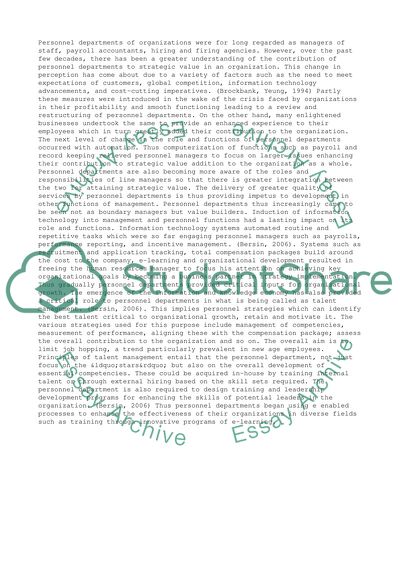Cite this document
(The Role of the Personnel Department in an Organisation Essay, n.d.)
The Role of the Personnel Department in an Organisation Essay. Retrieved from https://studentshare.org/management/1519090-strategic-management-of-human-resources-essay
The Role of the Personnel Department in an Organisation Essay. Retrieved from https://studentshare.org/management/1519090-strategic-management-of-human-resources-essay
(The Role of the Personnel Department in an Organisation Essay)
The Role of the Personnel Department in an Organisation Essay. https://studentshare.org/management/1519090-strategic-management-of-human-resources-essay.
The Role of the Personnel Department in an Organisation Essay. https://studentshare.org/management/1519090-strategic-management-of-human-resources-essay.
“The Role of the Personnel Department in an Organisation Essay”, n.d. https://studentshare.org/management/1519090-strategic-management-of-human-resources-essay.


